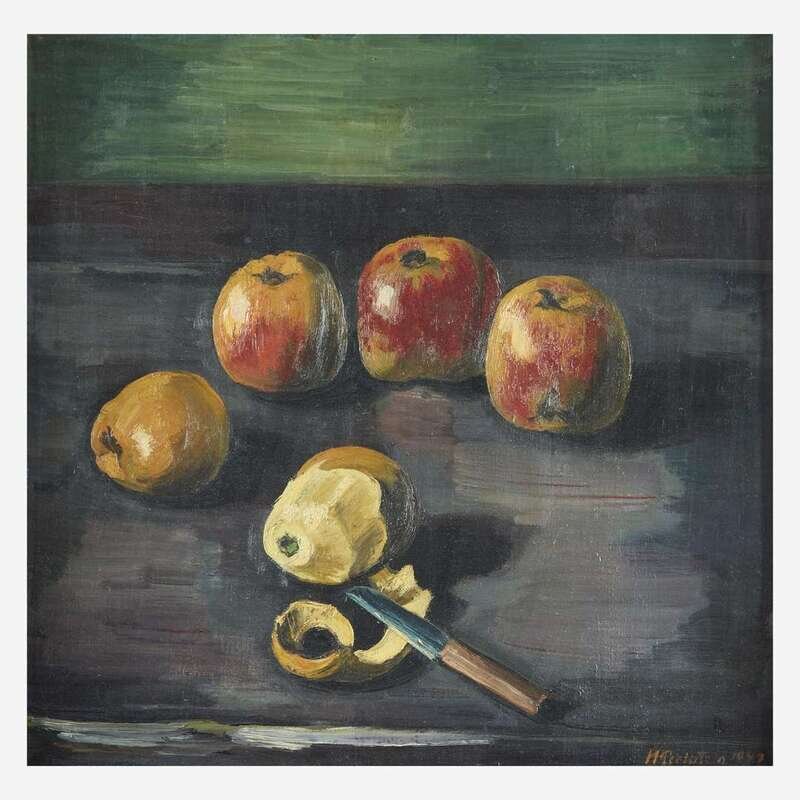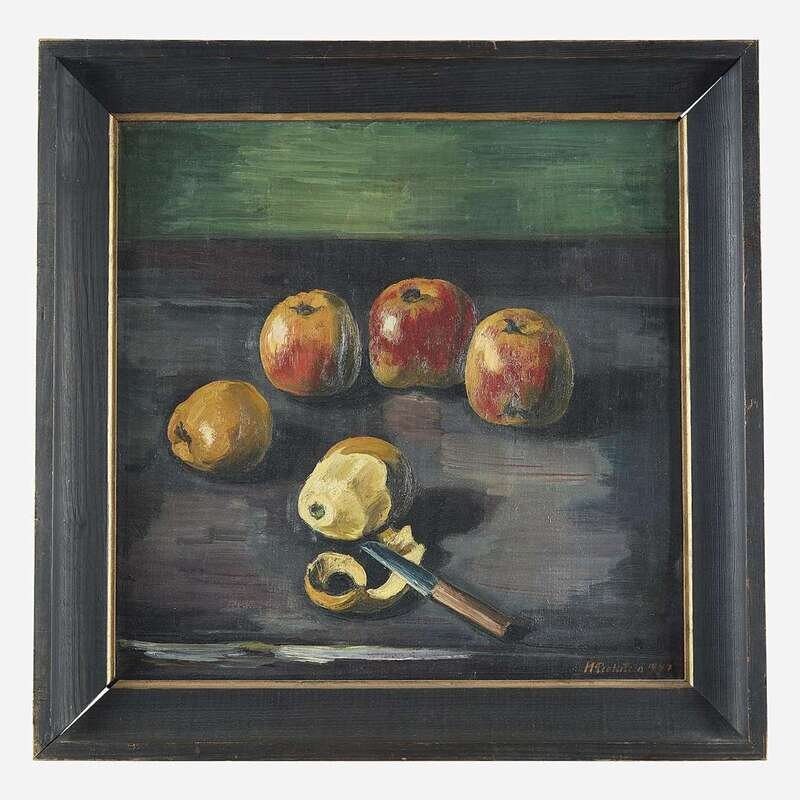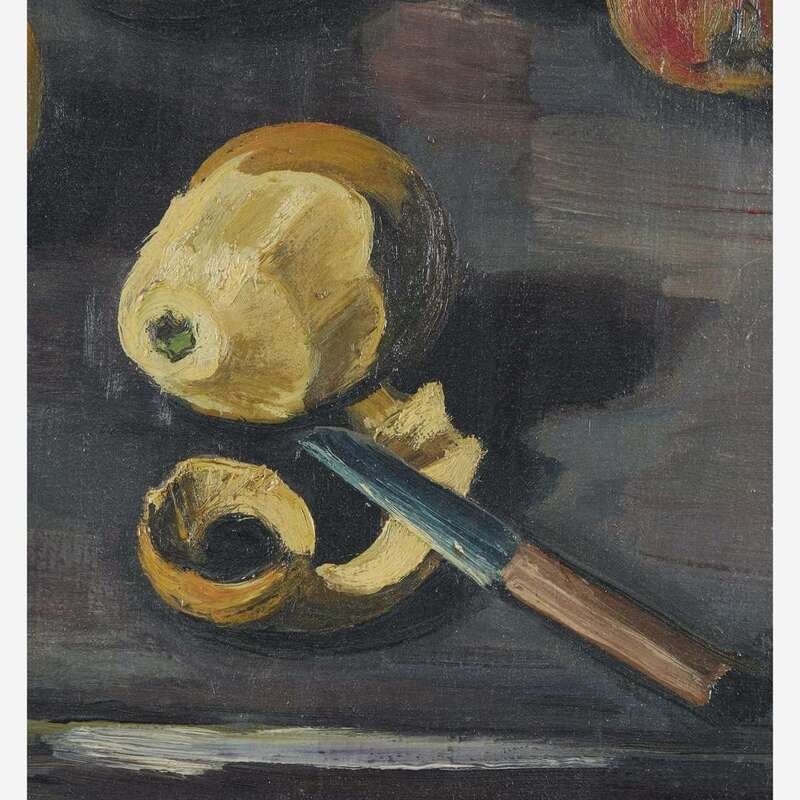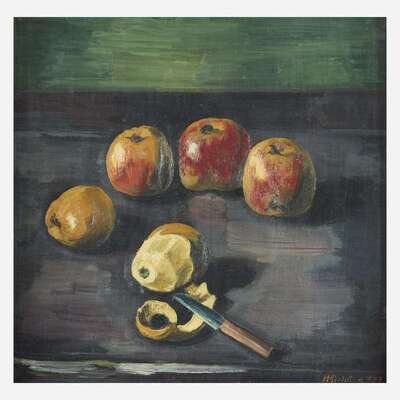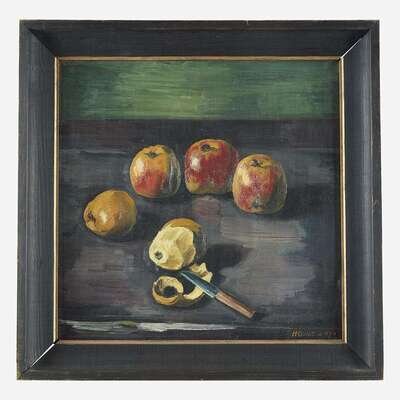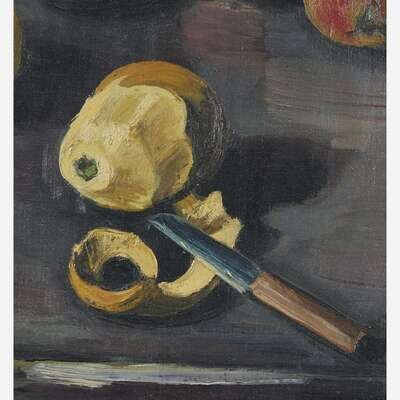Condition Report
Contact Information
Lot 65
Lot Description
Signed 'M. PECHSTEIN' and erroneously dated 1947 bottom right; also signed and titled verso; with the Artist's address verso, oil on canvas
19 3/8 x 19 7/16 in. (49.2 x 49.4cm)
Executed circa 1928.
Literature
Aya Soika, Max Pechstein: das Werkverzeichnis der Ölgemälde, Volume II, Munich, 2011, no. 1928/4.
Note
A prolific painter and printmaker, Max Pechstein is perhaps best known as a German Expressionist painter of the Die Brücke group in the years before World War I. Invited to the group by Erich Heckel, Pechstein joined other painters, including Ernst Ludwig Kirchner and Emil Nolde, all of whom helped define a particular emotionally charged style of painting that looked to the French Fauves and primitivist art, using strong, vibrant color and angularity of lines and shapes. Pechstein spent most of the year 1908 in Paris where he experienced the work of the Fauves first hand, including Henri Matisse and Paul Gauguin, later that year moving to Berlin and seeing Matisse’s paintings again at Paul Cassirer Gallery. Inspired aesthetically by their French contemporaries, the Die Brücke artists were known to have created more sexually explicit and disquieting imagery in their quest for freedom from traditional social and political institutions.
In 1910, as Pechstein was reaching his mature style, the artist was rejected by the Berlin Secession exhibition and went on to form the New Secession group, still promoting the ideas and aesthetics of Expressionism. Pechstein was later expelled from the group as he gained wider, more popular appeal, which distanced him from his peers. In 1914, the artist and his wife, in search of inspiration from more primitive art forms, traveled to Palau where they were captured and imprisoned in Japan at the start of the First World War. They were later sent back to Germany and Pechstein fought in the war, becoming a more radical Socialist politically as the war drew to a close.
After his service, Pechstein returned to Berlin and held a professorship teaching art at the Berlin Academy, experiencing a burst of creative energy and revisiting his Expressionist style of painting. In the following years he grappled with depression, especially during the long, cold German winters, and he sought refuge at a vacation home in the fishing village and artist colony of Nidden (Nida, Lithuania). It was during this time in the 1920s that Pechstein painted the present work Äpfel, recalling his early influences Matisse and Cézanne, with his apples precariously hanging in space on the flattened table. Stripping away the former opulent color and vibrant brushstrokes, Pechstein’s apples sit heavily in compressed space, falling forward toward the viewer. The painting is erroneously dated 1947—more likely the date the artist sold the work than when it was painted—as the inscription of Pechstein’s Berlin address in the artist’s hand on the back of the canvas indicates that the painting comes from the late 1920s, and its stylistic similarities with other still lifes of that period confirm this date. This concise composition provides a charming example of Pechstein’s work between the wars, and elucidates how he brought his early influences to bear while engaging his new personal and political reality.
Provenance
Private Collection, Virginia (by descent in the family).
